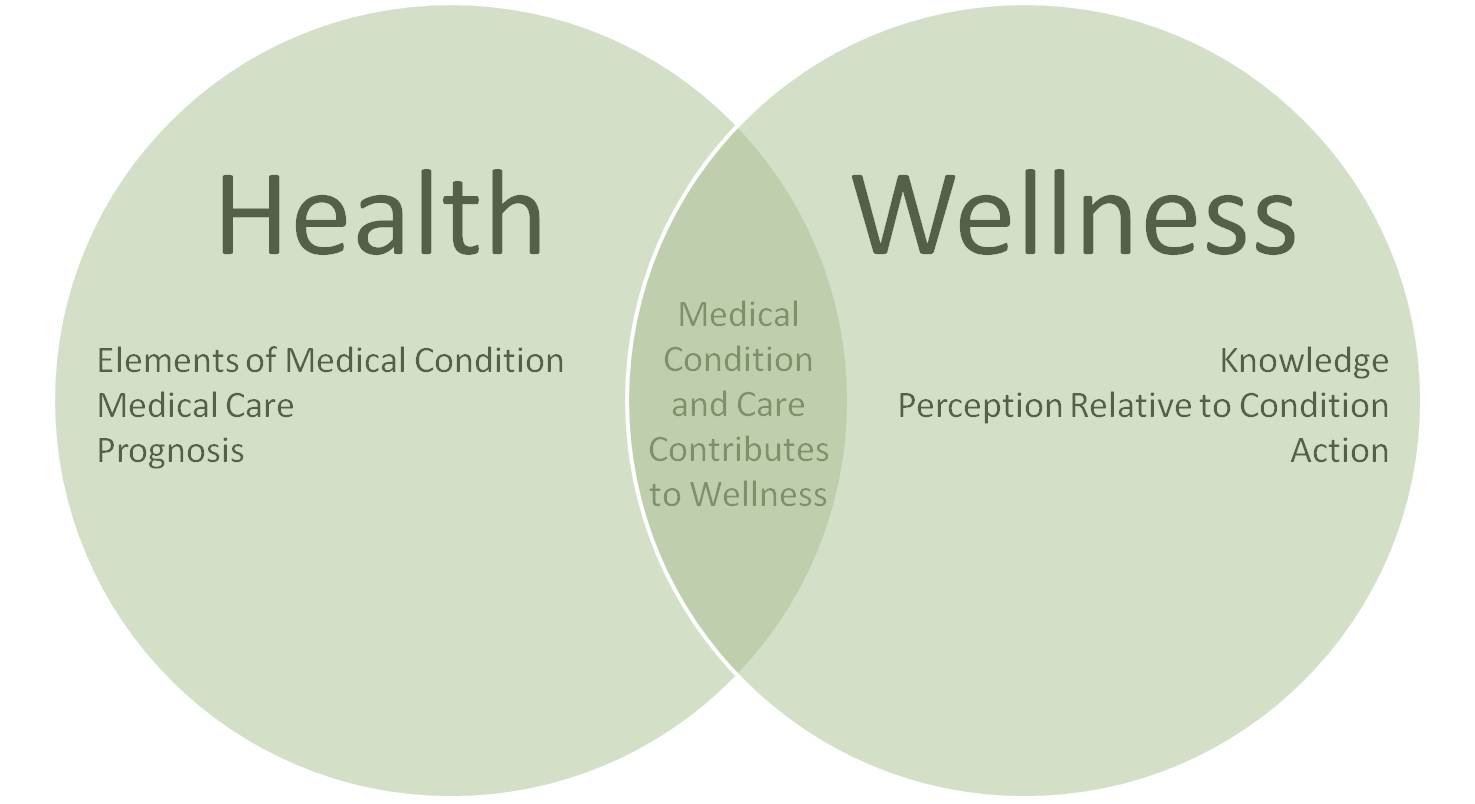
Whether you are a senior looking for a place to retire or you are an adult considering relocating to a 55+ community, there are several factors you need to consider before deciding on a housing option. Costs of living in retirement community vary depending on which type of housing and what amenities you choose. But it is possible for seniors to find retirement communities that offer affordable and comfortable living. You can use this guide to compare prices and find the right housing option.
It is possible to enjoy many benefits by living in a retirement village. Seniors can find peace of mind in a community where they are surrounded by other older adults and enjoy planned social activities. A swimming pool and a gym are some of the amenities that seniors can use. These amenities can be subject to a monthly charge depending on the community. These fees may cost anywhere from a few hundred to a few thousand dollars.
It all depends on the community you choose. Some communities use a for-profit model while others follow a non-profit model. This could lead to a better ratio of quality and cost. It is important that you choose a community which offers quality services.

The average cost of living is approximately $57.200 per annum in a retirement village. This includes utility bills, food, entertainment, and other costs. There are many housing options available for seniors, including single-family and apartment homes. A senior living apartment with basic amenities costs $1,500 on average per month.
Some retirement communities charge a standard monthly rate, while others offer all-inclusive monthly payments. When choosing a community, it is important to check the fees in the community's written billing policy. These should be clearly stated and include information about possible increases in fees. Depending on the community's needs, the monthly fee may be raised to cover costs due to low occupancy rates. The type of housing unit, level of care, and the amount of monthly fees will all affect the amount of the fee.
The monthly fees usually include an entrance fee for a CCRC. Also known as a Life Plan Community, it is typically included in the monthly fees. Some CCRCs offer a refund if a resident moves out. Others may offer a deposit payment or a fee for entrance.
The entrance fee for a 55+ community differs from that of a CCRC. Some 55+ communities do not require maintenance and offer fewer amenities. Others have more luxurious amenities. 55+ communities might also require HOA fees and membership fees.

The most costly monthly fee is for a life-care contract or extended contract. These contracts cover unlimited medical care and nursing services. Monthly fees can be as low as $2,500 or as high at $5,000 for these contracts. This type contract is for couples who share more care needs. It's also an excellent option for single mothers who prefer to live alone.
FAQ
What lifestyle is most healthy?
Healthy lifestyles include eating healthy food, regular exercise, good sleep, and avoiding stress. You will live a long and happy life if you adhere to these guidelines.
Start small by changing your diet and exercising routine. If you're looking to lose weight, walk for 30 minutes each morning. For more activity, you can try swimming or dancing. You could also join an online fitness program like Fitbit or Strava that tracks your activity levels.
What is the difference between a calorie or a kilocalorie.
Calories are units used to measure the amount of energy in food. A calorie is a unit of measure. One calorie is the amount of energy required to heat one gram water one degree Celsius.
Kilocalories are another way to describe calories. Kilocalories are measured as a thousandth of a calorie. 1000 calories equals 1 kilocalorie.
Improve immunity with herbs and supplements?
To boost immunity function, herbs and natural remedies are available. There are many natural remedies that can boost immunity, including echinacea (oregano), ginger, ginkgo biloba and vitamin C.
These herbal remedies should not be used in place of conventional medical treatment. They may cause side effects such as nausea, diarrhea, stomach cramps, headaches, dizziness, and allergic reactions.
What are the 7 best tips for a healthy and happy life?
-
Eat right
-
Exercise regularly
-
Sleep well
-
Drink plenty of fluids.
-
Get adequate sleep
-
Be happy
-
Smile often
Is being cold bad for your immune system?
Cold makes you weaker because you have less white blood cells to fight infections. But, cold makes you feel better. Your brain releases endorphins that reduce pain.
What is the best way to eat?
The best diet for you depends on several factors, like your age, gender, weight, health conditions, and lifestyle habits. Also, consider your energy expenditure, your preference for low-calorie food, and whether you enjoy eating fruits or vegetables.
Intermittent Fasting is an alternative to traditional fasting if you are looking to lose weight. Intermittent eating means you only eat specific meals throughout the day. It's not like three big meals. This might be better than traditional diets that have daily calorie counts.
Studies have shown that intermittent fasting can improve insulin sensitivity and decrease inflammation. This could lead to lower blood sugar levels and a reduced risk of developing diabetes. Other research suggests that intermittent fasting may promote fat loss and improve overall body composition.
What is the difference in a virus and bacteria?
A virus is a microscopic organism which cannot reproduce outside of its host cell. A bacterium is a single-celled organism that reproduces by splitting itself in two. Viruses are small, around 20 nanometers in size. Bacteria are much larger, at 1 micron.
Viruses can spread from contact with bodily fluids that are infected such as saliva, urine or semen. Bacteria can easily be spread from direct contact to contaminated objects and surfaces.
Viruses can enter our bodies through cuts, scrapes, bites, or other breaks in the skin. They may also enter through the nose, mouth, eyes, ears, vagina, rectum , or anus.
Bacteria can be introduced to our bodies by cuts, scrapes or burns. They can also be introduced to our bodies by food, water and soil.
Both viruses and bacteria can cause illness. Viruses can not multiply in the host. Viral infections can only cause diseases in living cells.
Bacteria can multiply within their hosts and cause illness. They can even invade other parts of the body. They can even invade other parts of the body, which is why antibiotics are necessary to eradicate them.
Statistics
- According to the Physical Activity Guidelines for Americans, we should strive for at least 150 minutes of moderate intensity activity each week (54Trusted Source Smoking, harmful use of drugs, and alcohol abuse can all seriously negatively affect your health. (healthline.com)
- nutrients.[17]X Research sourceWhole grains to try include: 100% whole wheat pasta and bread, brown rice, whole grain oats, farro, millet, quinoa, and barley. (wikihow.com)
- The Dietary Guidelines for Americans recommend keeping added sugar intake below 10% of your daily calorie intake, while the World Health Organization recommends slashing added sugars to 5% or less of your daily calories for optimal health (59Trusted (healthline.com)
- In both adults and children, the intake of free sugars should be reduced to less than 10% of total energy intake. (who.int)
External Links
How To
How to stay motivated to exercise and eat healthily
Healthy living: Motivational tips
Motivational Tips For Staying Healthy
-
Make a list of your goals
-
Set realistic goals
-
Be consistent
-
Recognize yourself for achieving your goal
-
You don't have to give up if your attempts fail.
-
Have fun